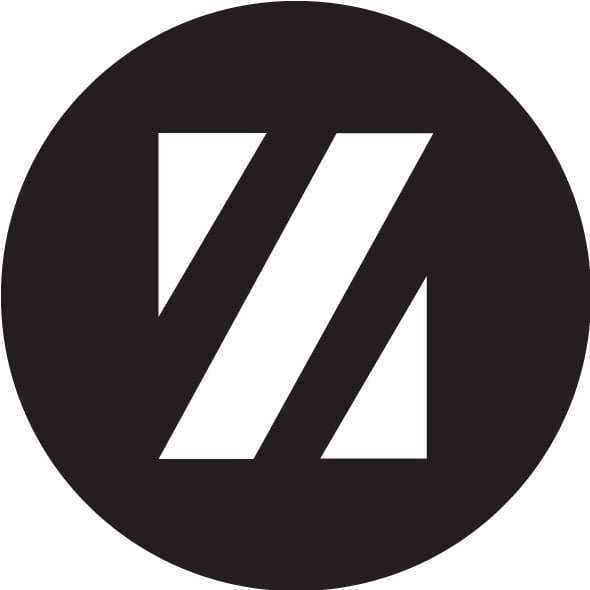Since their inception via the Revenue Act of 1978, 401(k) plans have been great tools to help workers save for retirement. While a 401(k) plan has many advantages, there are also some drawbacks to them that one should consider when creating a comprehensive retirement-strategy.
The advantages of a 401(k)
The basic concept of a 401(k) plan is to allow workers to make pre-tax contributions to the plan from their paychecks. As a result, money contributed is not included in their taxable income for that year.
The next advantage is that the money held in a 401(k) plan will grow, tax-deferred, as it is invested. As a result, the income earned on the invested assets remains untaxed until it is withdrawn from the account.
In addition to the above-mentioned benefit of tax-deferral, a 401(k) plan may also have the advantage of employer matching. In many cases, employers will make matching contributions to employee accounts, matching dollar-for-dollar, up to a specified percentage of the workers’ contributions. For example, a plan may provide that an employer will contribute 50% of the amount an employee contributes, up to a maximum of 3%. This is a substantial benefit, because it not only allows one to contribute up to $18,000 ($24,000 for those over age 50) to their plan, but it also results in the employers sweetening the pot by the amount of the match. Think of that as free money. In addition, some employers may also make discretionary profit sharing contributions to workers’ 401(k) accounts.
The drawbacks of a 401(k)
In addition to the advantages mentioned above, 401(k) plans also have come challenges. One potential drawback to a 401(k) is its limited mobility when it comes to changing employers. When one leaves a job, their 401(k) must generally be transferred either to another qualified plan or to an IRA within a limited period.
While noting the advantage of employer matching, it is important to point out another potential related drawback; that is the vesting of those employer contributions. Employees must generally stay with an employer for a stated period of time (generally 5 years) before they are entitled to keep these matched and discretionary contributions.
Lastly, upon attaining age 70 ½, participants must begin taking “Required Minimum Distributions” from their 401(k) account, which under most circumstances, is fully taxable. This may present some problems for future tax planning if one is in a higher tax bracket at retirement than they were when working. Traditional IRAs also have this drawback, but ROTH IRAs do not.
To take the greatest advantage of all retirement accumulation strategies possible, be aware that there are other options, in addition to a 401(k) plan. Some of those options include traditional, SIMPLE, and ROTH IRAs, annuities, and even health savings accounts just to name a few. Like the 401(k), other retirement savings options come with their own sets of advantages and drawbacks.
As you can see, saving for retirement can be complicated, but you are not alone. We understand the complexities that go into saving for retirement, and are ready to start a conversation with you. Contact me at bneate@zinnerco.com or any of our professionals at 216.831.0733.





